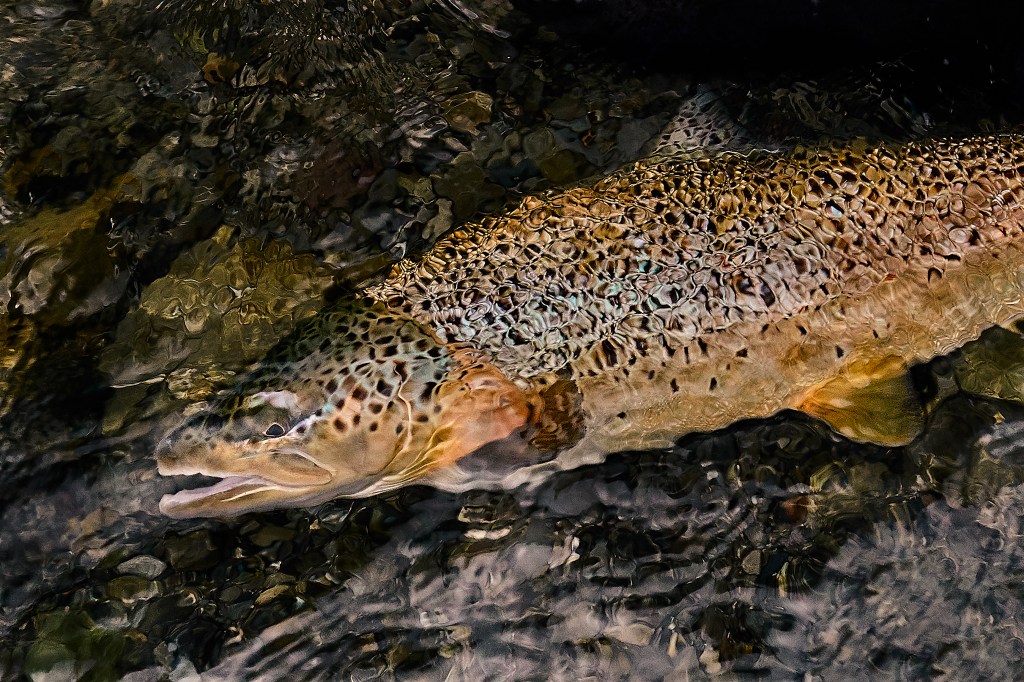
Fly fishing is about beauty: crystal clear rivers, gorgeous fish, outstanding landscapes, fly tying, rod making, tackle collecting… and beautiful loops.
Some of those will eventually appear in this blog, but the main reason of its birth is deepening in that aspect of fly fishing that passionates me the most: fly casting.
I started walking the “basic physics of casting” path many years ago but more seriously since 2010, when I discovered an affordable photo camera capable of shooting high speed video, nothing less than 300 frames per second (freezing motion by making it about 10 times slower than the real one).
Slow motion clips were a real eye opener for me; watching your own casting in slo-mo for the first time is incredibly frustrating: who is this guy making so many faults? But, as I like to say to my casting students, you can’t solve the faults you are not aware of. Moreover, studying the casting process in slow motion allows you to eventually understand many of the things that govern the cast and are impossible to grasp for the naked eye; that understanding of some mechanisms of casting that so far were shrouded in mystery has inevitably turned me into a better caster and teacher.
I am totally aware of the fact that fly fishers try to keep away from deep technicalities as much as from a thunderstorm. I beg your indulgence. I don’t publish my musings to bore you, it is just that doing it involves a great deal of experimenting, analyzing, editing and thinking, and all that work always results in myself learning something new. If, by a happy serendipity, there is somebody out there who ends up discovering something interesting or useful, I will be doubly pleased.
Thanks.
Aitor Coterón Agorria
Hi Aitor, For what it’s worth, I’ve learned plenty from your videos.
Cheers,
Tony
LikeLike
Thanks Tony. Really appreciated.
LikeLike
Hi Aitor,
Your site is great. I’ve been trying to find answers to a question I have but cannot seem to find it anywhere. On dry land casting to a ring my cast seems to be great. I land it in the ring most often within the distance that I feel comfortable casting. It’s when I get in the water that my frustration begins. When I’m in moving water to my waist with varying currents and lots of line out my cast becomes a source of endless frustration. I have no idea what to do with my line that I have stripped in. It has all been pulled by the drift downstream. Getting that line out of the water to cast is about as challenging a thing as I’ve ever done. I have tried making circles and holding the line as I strip in but then I just get a big ball on the next cast. Why is it such a challenge to move from dry land casting to wet casting?
Thanks…Dave
LikeLike
Hi Dave,
To be honest most of my fishing is with dry flies at, at most, 20 meters. So no need to manage a lot of retrieved line.
Anyway what those who must tackle a lot of line at their feet normally use is a stripping basket. That made by Orvis is what I was recommended when fishing in the salt with streamers; it takes a little bit to get used to it but it works.
Thanks for stopping by.
LikeLike
Very well done, Aitor
LikeLike
Thanks, Macauley. Really appreciated.
LikeLike
…and you have a nice writing style. I’m your newest fan.
LikeLiked by 1 person
Thank you man!
LikeLiked by 1 person
Hello Aitor, I’ve recently found your material and it is fascinating. I’m new to Spey casting (one year) and practice almost daily in my yard or on the water . I’ve studied your information but can not find anything on how to translate it into casting technique. How do I execute a good technical Spey and roll cast without a ton of line behind me? Thanks
LikeLike
Hi Dan,
This website is more about the “why” than the “how”. Moreover, how to Spey cast is complex enough to require a whole book.
I recommend you to read two books on the subject by Simon Gawesworth.
LikeLike
Thank you for your prompt reply Aitor. The “why” is nevertheless important and helpful. My life experience participating in the highly technical sport ing activities is that the only real path to achievement is hours of practice. However, some helpful coaching and insight from people like you helps one stay on course. One thing I know is there is a sweet spot when the cast is right that translates from my toes to my finger tips and that is addictive. Every catch is a search for that and then the quarry. Keep up the fine work please. and thank you.
LikeLike
Thanks!
LikeLike
Hi Aitor, met you at a session with Juan at Penrith in Sydney. Always very thought provoking and insightful. Very sorry to see you go. Best wishes and stay safe, Andrew
LikeLiked by 1 person
Thank you!
LikeLike
Thanks a lot, mate.
LikeLike